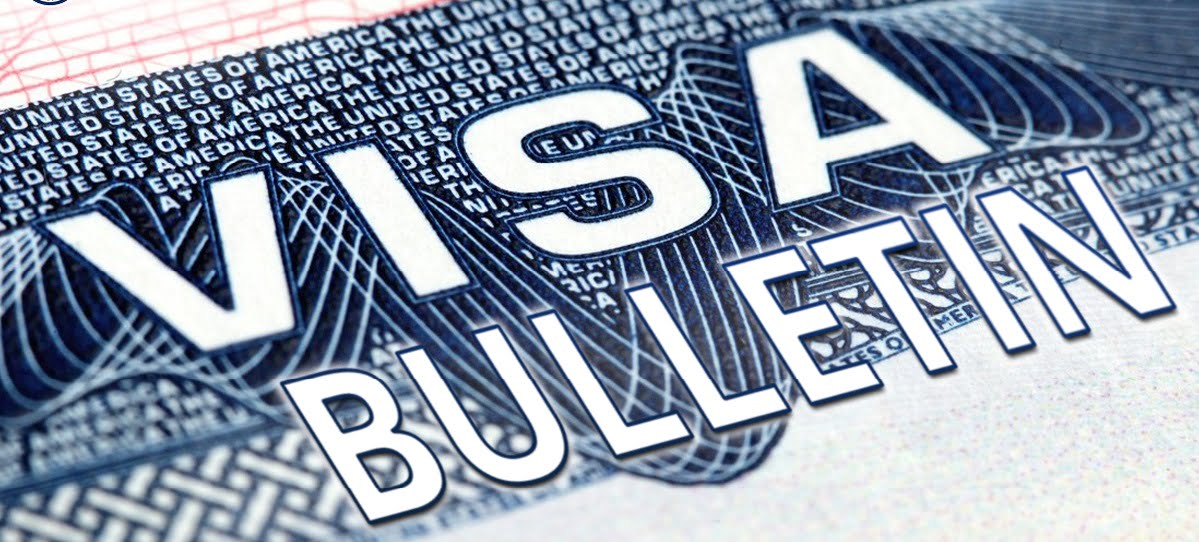In this article, you’ll learn to navigate the gateway that is the distinguished O-1A Visa, elevating your career in the world of science & engineering. Please remember that this article does not provide any legal advice and if you would like to discuss your immigration situation, please speak with the immigration attorney. If you would like to speak with our lawyer, please contact us here.
Introduction to the O-1 Visa: Criteria for Engineers and Scientists
Step into a realm of possibilities with the O-1A Visa – a pinnacle for skilled engineers and scientists. Beyond a work permit, it grants extended stays and a pathway to a green card. Often overlooked, its exclusivity becomes accessible to experts in the area. Tailored for exceptional skills in science, art, athletics, education, or business, this visa promises a transformative journey.
To qualify, engineers and scientists need to spotlight something extraordinary – achievements that place them at the top tier of their field. This could be groundbreaking research, innovative projects, or influential contributions. The criteria set by the U.S. Citizenship and Immigration Services (USCIS) dig into this, emphasizing that it’s not just about expertise but a level of accomplishment that truly sets individuals apart. In simple terms, the O-1A nonimmigrant Visa offers a chance for engineers and scientists to bring their exceptional skills to the forefront on an international stage.
Navigating the O-1 Visa Journey: Eligibility in STEM Fields + Step-by-Step Application Process
For STEM (Science, Technology, Engineering, and Mathematics) professionals looking forward to securing an O-1A Visa, the journey begins with acknowledging the aptness criteria and navigating the application process. Sufficiency in STEM fields requires exposing not just expertise, but a level of attainment that sets individuals at the lead of their discipline. This could include innovative research, impactful projects, or influential contributions that distinguish them. USCIS carefully analyzes the evidence to determine suitability, focusing on sustained national or international acclaim.
In this section, we dive into each step, offering insights and guidance to secure a smooth journey.
Step-by Step Application Process:
- Document Extraordinary Achievements: Gather evidence of extraordinary achievements in your STEM field. This includes publications, patents, awards, or any recognition that highlights your exceptional contributions.
- Preparation of the Comprehensive Petition: Craft a thorough petition outlining your achievements, showcasing how your work has garnered sustained acclaim. Include recommendation letters, publications, or any relevant documentation.
- File Form I-129: Submit Form I-129, the Petition for a Nonimmigrant Worker, along with the comprehensive documentation to the USCIS. Pay attention to deadlines and fees.
- Await USCIS Decision: Your petition will be reviewed and upon approval, you can proceed with the visa petition process.
- Consular Processing: If you are outside the U.S., undertake consular processing to obtain the visa stamp. If you are already in the U.S., you can apply for a change of status.
Demonstrating Extraordinary Ability: A How-To Guide for Engineers and Scientists
Showcasing your outstanding capabilities is the heart of a successful O-1A Visa submission. For engineers and scientists, this process involves highlighting specific achievements and contributions that set you apart in your field.
How-To Guide:
- Compile a Portfolio of Achievements: Include publications, patents, or any other tangible outputs that reflect your significant contributions.
- Detail Impactful Research or Projects: Emphasize the impact of your work, illustrating how it has influenced your field or contributed to advancements.
- Highlight Professional Recognition: Showcase any awards, honors, or recognitions you’ve received.
- Secure Strong Recommendation Letters: Obtain recommendation letters from peers, industry experts, or renowned figures in your field.
- Quantify Your Impact: Whether it’s the number of citations your research has received, successful project outcomes, or any other measurable metrics, these quantifications strengthen your case.
- Connect Achievements to National or International Significance: Emphasize how your work has transcended local boundaries.
Remember, clarity, specificity, and tangible evidence are key components in convincing USCIS of your qualification for the visa.

Documents of Distinction: O-1 Visa in the Technology Sector
In addition to the above, ensure you meet at least three of the following criteria:
- Media Presence: Feature published material about your work in professional publications or major media outlets, reinforcing your influence.
- Judging or Contributions: Demonstrate your participation as a judge in the field or contributions of major significance, underlining your expertise.
- Scholarly Impact: Emphasize your authorship of scholarly articles in professional journals, reflecting your intellectual contributions.
- Distinguished Employment: Provide evidence of employment in a critical capacity for distinguished organizations, affirming your professional significance.
- High Salary Anticipation: Show your command or anticipation of a high salary, supported by contracts or other reliable evidence, attesting to your value in the industry.
- Association Recognition: Showcase your membership in associations that demand outstanding achievements, endorsed by industry experts.
Smooth Sailing: Tips for O-1 Visa Application Success
Embarking on the process demands a strategic and organized approach, here are essential tips tailored on aiming to secure the application:
Start Early: Commence the application process well in advance. Early planning allows for meticulous preparation and avoids last-minute stress.
Consult an Immigration Attorney: Seek guidance from an experienced immigration company specializing in O-1 Visas for engineers and scientists. Their expertise ensures alignment with USCIS requirements.
Stay Organized: Maintain meticulous organization of all documentation and correspondence.
Prepare for Consular Processing: Familiarize yourself with consular processing requirements if applying from outside the United States. Proactive preparation for the visa interview and necessary documentation is essential.
Facing Challenges: Common Issues and Solutions
While pursuing a visa for engineers and scientists can be a rewarding journey, it’s not without its challenges. Understanding and addressing common issues is crucial for a successful application. Here’s a comprehensive guide to help you navigate potential hurdles:
| Challenge | Issue | Solution |
| Insufficient Documentation | Lack of comprehensive evidence of achievements and remarkable skills | Provide detailed descriptions to showcase the impact and significance of your work via recommendation letters. |
| Weak Letters of Recommendation | Generic or insufficient endorsements | Work closely with your recommenders, guiding them to emphasize particular accomplishments. |
| Inadequate Preparation for Consular Processing | Insufficient readiness for the visa interview. | Prepare thoroughly for the interview, addressing potential questions about your achievements and contributions.Make sure that your attorney prepares you for the visa interview. |
By proactively addressing these common challenges, you can enhance the strength of your candidacy and increase the likelihood of a successful outcome
* This article is for informational purposes only and does not provide direct legal advice.
Would you be interested in determining your eligibility for the O-1 category? Kindly complete this brief screening, and our team of attorneys will carefully review your accomplishments.
Read also:
The Three Key Strategies for O-1 Visa Success
The Top 5 Myths about the O-1 visa, Debunked
14 Misunderstandings About the O-1 Visa
FAQ
How long does the process take for engineers and scientists?
The processing time is subject to various factors. When filing Form I-129 with USCIS, the standard processing period typically spans a few months. Nonetheless, this timeframe depends on the volume of applications and the specific USCIS service center in charge of the case. For those seeking an expedited process, the premium processing option is available. By selecting this service, applicants commit to a 15-calendar-day processing period, though an additional fee is applicable. This option offers a faster resolution but means extra costs. If the applicant is currently residing outside the United States, the process involves consular processing at a United States embassy or consulate. The period of consular processing can vary based on the workload of the place. Various individual circumstances may influence the processing time. The complexity of the case or any requests for evidence by USCIS will have a bearing on the length of the proceeding.Can I apply for an O-1 Visa as a recent graduate in engineering or science?
Yes, recent graduates can apply. Highlight your achievements, publications, or any exceptional contributions during your academic journey.Are there specific criteria for engineers and scientists in technology fields applying for this type of visa?
No specific criteria, but emphasize technological advancements, patents, or innovations in your field. USCIS evaluates based on the level of expertise and recognition in the specific area.How does this type of visa impact my family members?
Your immediate family members (spouse and unmarried children under 21) can apply for O-3 visas. They can accompany you to the U.S. but are not allowed to work.









